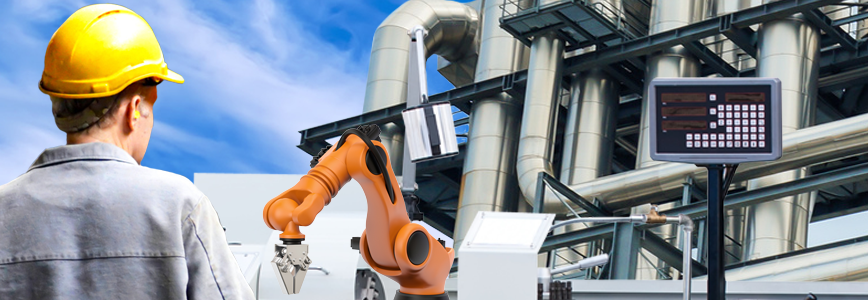
Digital Technologies, Advanced Robotics and increased Cyber-security for Agile Production in Future European Manufacturing Ecosystems.
The aim of the experiment is to support and optimise the finishing process of car body models with Human-Robot-Collaboration combined with AI based data analytics and sophisticated sensor technology. The core of the solution developed in AURORA applies a modular and open data stream processing approach, combining activity tracking and machine learning technique. The use case is based on supporting finishing procedures, particularly the clay laying on car body models. Moreover, the data stream processing experiment consisted of a collaborative robot (Universal Robots, model UR5), an Industrial Stereo Camera (Zed2i), an IMU based wearable sensor module, and a heat map projector. Next to the challenge of achieving reliable data stream processing in HRC, identifying and fusing process-related data of numerous heterogeneous sensor sources coming from motion tracking, and environmental sensors, is without a doubt still one of the major technical challenges which is to be overcome in safety- and ergonomic related applications in HRC. Improving the efficiency of HRC based finishing processes: Real-time human and robot motion tracking and recording of crucial KPIs combined with intelligent data stream processing are the enabler for finally bringing intelligent data stream processing to the shop floor level for discovering and optimising HRC work processes.
Challenge
Impact
Improving the quality of products within HRC industrial tasks: Real-time motion tracking systems and sensor data stream analytics monitor critical conditions related to product quality and provide immediate alerts when quality thresholds are violated.
Empowering ergonomics in HRC: Appropriate environmental sensors (3-D motion tracking) can be used for detecting non-ergonomic situations and provide the basis for suggesting appropriate measures and robot control strategies.
FSTP Name:
AURORA
Beneficiary Lead:
Pumacy Technologies AG
www.pumacy.de/
Germany
Beneficiary 2:
University of Ljubljana
www.uni-lj.si/university/
Slovenia
Beneficiary 3:
SVOTT a.s.
www.svott.cz/
Czech Republic
Technology Area:
Human-Robot Collaboration
End User:
SVOTT a.s.
Start Date - End Date:
01/11/2021 - 31/08/2022
Duration:
11 months
FSTP Funding:
185 938,00 €
TRL Level at Start:
3
TRL Level at End:
5-6
Number of early adopters raised:
1
SUBSCRIBE to newsletter
Please subscribe to our mailing list to be the first one informed about the new open calls, events and other hot news!
Your have successfully subscribed to Trinity newsletter.